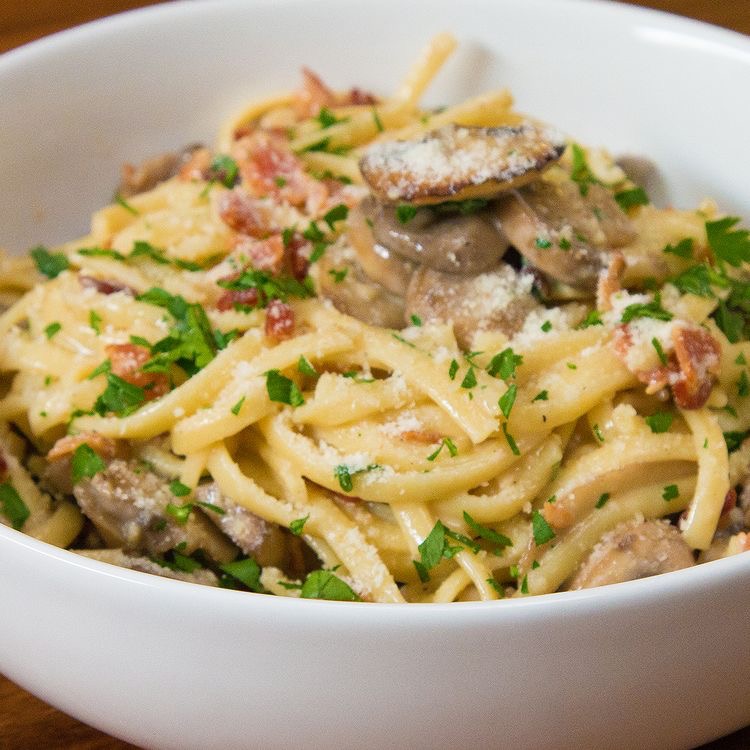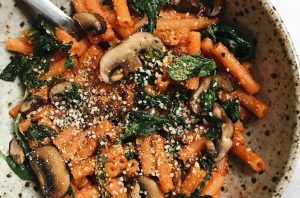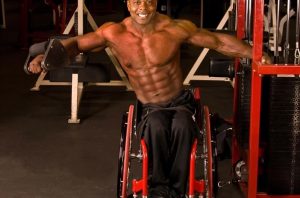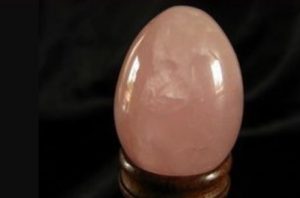Sure, you could eat whatever you wanted in high school and stay thin as a rail. But unfortunately you’re not 17 anymore, and even if you work out ’round the clock, you can’t transform your body if you constantly give in to cravings, high-fat foods and sweet treats. The truth is, flat abs are made in the kitchen, and no amount of cardio and crunches can sculpt a sleek physique if you maintain an unhealthy diet.
“Consume excess calories and you have to counterbalance them,” says Sara Haas, RDN, spokesperson for the Academy of Nutrition and Dietetics. “And it’s hard to get enough exercise in to undo the calories you’ll get in a double cheeseburger with French fries and a milk shake.”
Read on for reasons why aligning your nutrition plan with your exercise routine will help you get the body you want.
1. You’re not a professional athlete.
If you justify frequent fried chicken or pasta dinners with the Flywheel class or CrossFit WOD on your schedule the following morning, you might want to recalculate how many calories you’re actually burning in comparison to the ones you’re taking in. “The majority of people are not serious athletes, meaning they don’t require the same type and amount of fuel as the pros,” says Haas. “Eating a calorically dense, high-carbohydrate meal or snack makes sense for a competitive cyclist about to endure a 100-mile road race, but it doesn’t make sense for someone who is about to take a two-mile jog around the block.”
Instead, opt for a healthier form of chicken such as grilled or poached and save the spaghetti for a post-race meal. Yes, it’s OK to have a cheat meal here and there, but try not to make it a weekly or even bi-weekly thing. And don’t bother justifying it with an intense sweat session you may have had earlier — it’s called a cheat meal for a reason.
2. You won’t be able to hit your peak if you’re overdoing it with the wrong foods.
To effectively change your physique and stay toned requires intense exercise. You won’t have the physical endurance to push through tough workouts if your diet isn’t up to snuff. Yes, that unfortunately means that while Reese’s Pieces and soda may give you a sugar high that you mistake as energy, they won’t fuel you to PR on the bench or around the track. Also, if you’re consuming high-fat foods in the evening, they could be disrupting your sleep, according to Brazilian researchers — which will leave you too tired to go all out at the gym.
You’ll need a combination of carbohydrates and protein to recover following a workout, as well as adequate carbs beforehand, too. “They’re the preferred energy for the exercisers’ muscles and mind,” says Jennifer McDaniel, RDN, founder of McDaniel Nutrition Therapy in St. Louis and spokesperson for the Academy of Nutrition and Dietetics.
Watch out for taking in too much fat; that often translates to an abundance of calories as well, which quickly packs on as extra pounds. Another diet pitfall to avoid when training is extremely high amounts of carbs or fiber. “These could cause annoying digestive issues and prevent you from performing well,” says McDaniel. In general, aim to get about 30 percent of your diet from protein, 40 percent from carbs and 30 percent from fat.
3. You won’t have the energy to exercise if you’re not eating enough.
Keep in mind that a diet you might think is healthy — one that’s super-low in carbs or calories — is just as harmful to your workout plan as one that’s high in fat. A very restrictive eating plan, paired with hardcore exercise, could leave you leaning on muscle mass for energy, says McDaniel. Not getting enough fat (fat-soluble vitamins, like vitamins A and D, and essential fatty acids, like omega-3s, in particular), she adds, “leaves you unable to produce energy and grow muscle because it lowers your levels of hormones like insulin and testosterone — which are important for building lean-body mass.”
Additionally, maintaining a very restrictive diet for a prolonged period can lead to a reduction in muscle tissue and can decrease the ability of your skeletal muscles (the ones needed for lifting, walking and other forms of exercise) to perform well, found a study published in the journal Advances in Nutrition.
4. You won’t want to exercise. Unhealthy food choices — whether you’re eating too much fat, too many calories or not enough of either–may make you feel slow and less driven to exercise. “Diet and exercise are a feedback loop,” says McDaniel. “When you eat well, you are motivated to move, and when you move, you are more motivated to eat better.” Consider, for instance, a low-carb, high-fat diet; it might not only weaken training adaptations and hinder performance, McDaniel adds, but can also lead to a ‘hangry’ mood. Translation: You’ll be less likely to want to get to the gym.
5. You won’t be able to tone your target areas.
Having a hard time sculpting a better butt or washboard abs? When you consume excess calories and can’t burn them all off solely from your workouts, they head right to these trouble zones. “It’s dependent on your specific body type,” says Haas, “but generally, women tend to gain weight in the hips and thighs, while men pack it on around their midsection.” So even if you’ve gained muscle in these areas, it will be covered by a layer of fat. And abs exercises alone aren’t enough to decrease your body-fat percentage or abdominal fat, according to a study published in the Journal of Strength and Conditioning Research.
Keeping your diet in check will help because to become truly toned, you’ll need to build muscle and burn more calories than you’re consuming at the same time. It’s easier to do so if you don’t treat yourself to nachos or ice cream in the first place.
6. You could get sick — or hurt. Low-carb and low-fat diets can be mentally draining and have a negative impact on heart health, says McDaniel. Plus, she says, “Following a chronic low-carb diet may lead to micronutrient deficiencies and increased inflammation throughout the body, which both make you more susceptible to injury.” Studies have found that not taking in an adequate amount of healthy fats may raise your chances for overuse injuries (such as stress fractures and tendonitis) and it doesn’t allow your body to protect itself in order to stay healthy. Furthermore, if you pair a low-fat diet with intense exercise, that can lower your immunity even further.
Regular sweat sessions are, of course, key for staying in shape and maintaining your overall health. However, says McDaniel, “Remember that exercise sustains weight loss — but a healthy diet is what drives it.”
That being said everyone has cravings and one of the keys to a sustainable sane healthy lifestyle us to oblige these cravings once in a while. Checkout the cravings on our list below this week, do you have similar cravings?
By Life





